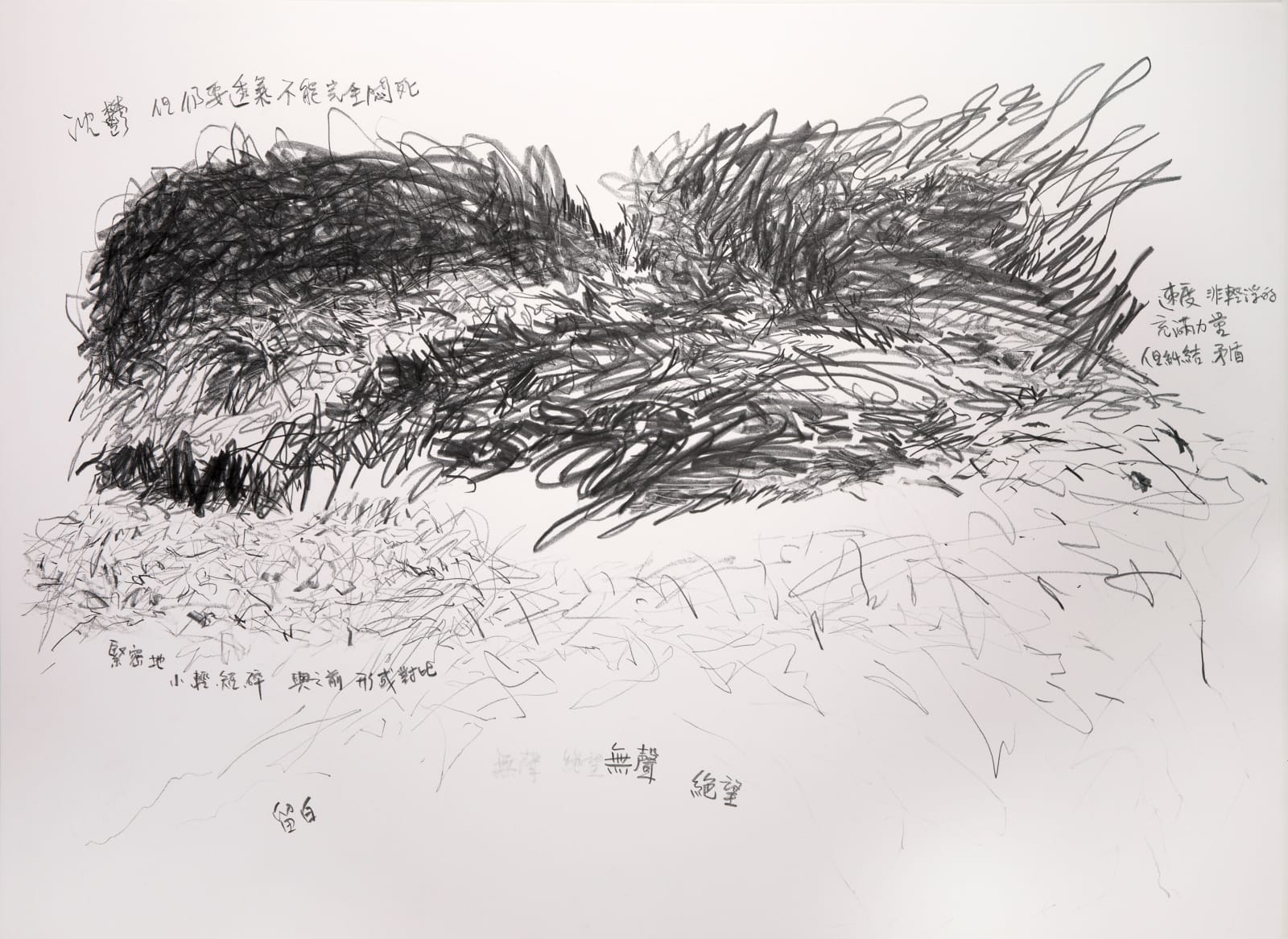Open a larger version of the following image in a popup:
 Close-up details 局部特寫
Close-up details 局部特寫
 Close-up details 局部特寫
Close-up details 局部特寫
Open a larger version of the following image in a popup:
 Close-up details 局部特寫
Close-up details 局部特寫
 Close-up details 局部特寫
Close-up details 局部特寫
Open a larger version of the following image in a popup:
 Close-up details 局部特寫
Close-up details 局部特寫
 Close-up details 局部特寫
Close-up details 局部特寫
Open a larger version of the following image in a popup:
 Close-up details 局部特寫
Close-up details 局部特寫
 Close-up details 局部特寫
Close-up details 局部特寫
Open a larger version of the following image in a popup:
 Close-up details 局部特寫
Close-up details 局部特寫
 Close-up details 局部特寫
Close-up details 局部特寫
Open a larger version of the following image in a popup:
 Close-up details 局部特寫
Close-up details 局部特寫
 Close-up details 局部特寫
Close-up details 局部特寫
Open a larger version of the following image in a popup:
 Close-up details 局部特寫
Close-up details 局部特寫
 Close-up details 局部特寫
Close-up details 局部特寫
Open a larger version of the following image in a popup:
 Close-up details 局部特寫
Close-up details 局部特寫
 Close-up details 局部特寫
Close-up details 局部特寫
Open a larger version of the following image in a popup:
 Close-up details 局部特寫
Close-up details 局部特寫
 Close-up details 局部特寫
Close-up details 局部特寫
Open a larger version of the following image in a popup:
 Installation view 展場照
Installation view 展場照
 Installation view 展場照
Installation view 展場照
Shi Jin-Hua
Music Manuscript Op.1, 2019
Pencils on acid-free cardstock.
148 x 101.7 cm
Further images
-
(View a larger image of thumbnail 1
)

-
(View a larger image of thumbnail 2
)

-
(View a larger image of thumbnail 3
)

-
(View a larger image of thumbnail 4
)

-
(View a larger image of thumbnail 5
)

-
(View a larger image of thumbnail 6
)

-
(View a larger image of thumbnail 7
)

-
(View a larger image of thumbnail 8
)

-
(View a larger image of thumbnail 9
)

-
(View a larger image of thumbnail 10
)

-
(View a larger image of thumbnail 11
)

Inspired by the opening of the musical score manuscript of Ludwig van Beethoven's String Quartet No.16 in F major, Op. 135, Fourth Movement, from 1826, this work often invites discussion...
Inspired by the opening of the musical score manuscript of Ludwig van Beethoven's String Quartet No.16 in F major, Op. 135, Fourth Movement, from 1826, this work often invites discussion due to the title and annotation Beethoven himself inscribed on the score of the final movement: "Der schwer gefaßte Entschluß," "Muß es sein?" and "Es muß sein!"
For many scholars, this enigmatic question serves as a crucial motivation behind Beethoven's late-period compositions, and also as a commentary on humanity, the universe, and the mundane world.
Beethoven's original intention may remain unknowable, but we can fully sense in the music the journey from hesitation to a state filled with resolute conviction.
I writing and painting within the work:
Somber, yet needing to breathe, not completely suffocated.
Speed: not frivolous, full of power, yet entangled and contradictory.
Compactly small, light, short, fragmented – in contrast to what came before.
White space: silent, despairing.
From the intersecting horizon, pull out the melodic line once more, moving forward.
Broken brush, severed string, the musical line abruptly ends.
And perhaps it is for the best. Only in the sudden cessation can one understand:
Only by dying completely can one be reborn.
作品靈感來自德國作曲家路德維希·范·貝多芬於 1826 年創作的 F 大調弦樂四重奏作品第 135 號的第四樂章的樂譜手稿的開頭部分。這首作品之所以經常被討論,是因為在終樂章的樂譜上,貝多芬親自寫下了標題和註解,分別是德文的 "Der schwer gefaßte Entschluß"(艱難的決定)、"Muß es sein?"(必須如此嗎?)以及 "Es muß sein!"(必須如此!)。
對於許多研究貝多芬的學者來說,這個充滿謎團的問句 "Muß es sein?" 被認為是貝多芬晚年創作的重要動機之一,同時也被視為他對人類、宇宙以及世俗生活的一種評論或看法。
貝多芬想要藉此表達的真正含義或許已經無法確切得知,但是聆聽者完全可以在這段音樂中感受到一種從猶豫不決逐漸發展到充滿堅定信念的過程。音樂本身就展現了這種情感的轉變。
我在作品中寫畫
沈鬱 但仍然要透氣 不能完全悶死
速度 非輕浮的 充滿力量 但糾結、矛盾
緊密地小、輕、短、碎 與之前 形成對比
留白 無聲 絕望
從交錯的地平線處 再次拉出聲線 向前走
筆折、絃斷 樂線煞卻
也好 只有驟然 才能明白:
死透了 方能重生
◆〈樂譜手稿 第一號〉2019|鉛筆、無酸卡紙|148 x 101.7 cm
For many scholars, this enigmatic question serves as a crucial motivation behind Beethoven's late-period compositions, and also as a commentary on humanity, the universe, and the mundane world.
Beethoven's original intention may remain unknowable, but we can fully sense in the music the journey from hesitation to a state filled with resolute conviction.
I writing and painting within the work:
Somber, yet needing to breathe, not completely suffocated.
Speed: not frivolous, full of power, yet entangled and contradictory.
Compactly small, light, short, fragmented – in contrast to what came before.
White space: silent, despairing.
From the intersecting horizon, pull out the melodic line once more, moving forward.
Broken brush, severed string, the musical line abruptly ends.
And perhaps it is for the best. Only in the sudden cessation can one understand:
Only by dying completely can one be reborn.
作品靈感來自德國作曲家路德維希·范·貝多芬於 1826 年創作的 F 大調弦樂四重奏作品第 135 號的第四樂章的樂譜手稿的開頭部分。這首作品之所以經常被討論,是因為在終樂章的樂譜上,貝多芬親自寫下了標題和註解,分別是德文的 "Der schwer gefaßte Entschluß"(艱難的決定)、"Muß es sein?"(必須如此嗎?)以及 "Es muß sein!"(必須如此!)。
對於許多研究貝多芬的學者來說,這個充滿謎團的問句 "Muß es sein?" 被認為是貝多芬晚年創作的重要動機之一,同時也被視為他對人類、宇宙以及世俗生活的一種評論或看法。
貝多芬想要藉此表達的真正含義或許已經無法確切得知,但是聆聽者完全可以在這段音樂中感受到一種從猶豫不決逐漸發展到充滿堅定信念的過程。音樂本身就展現了這種情感的轉變。
我在作品中寫畫
沈鬱 但仍然要透氣 不能完全悶死
速度 非輕浮的 充滿力量 但糾結、矛盾
緊密地小、輕、短、碎 與之前 形成對比
留白 無聲 絕望
從交錯的地平線處 再次拉出聲線 向前走
筆折、絃斷 樂線煞卻
也好 只有驟然 才能明白:
死透了 方能重生
◆〈樂譜手稿 第一號〉2019|鉛筆、無酸卡紙|148 x 101.7 cm
Exhibitions
2019 “Homage to Masters”, Mind Set Art Center, Taipei, Taiwan2019 「向大師致敬—石晉華個展」,安卓藝術,台北,台灣
3
of
3
